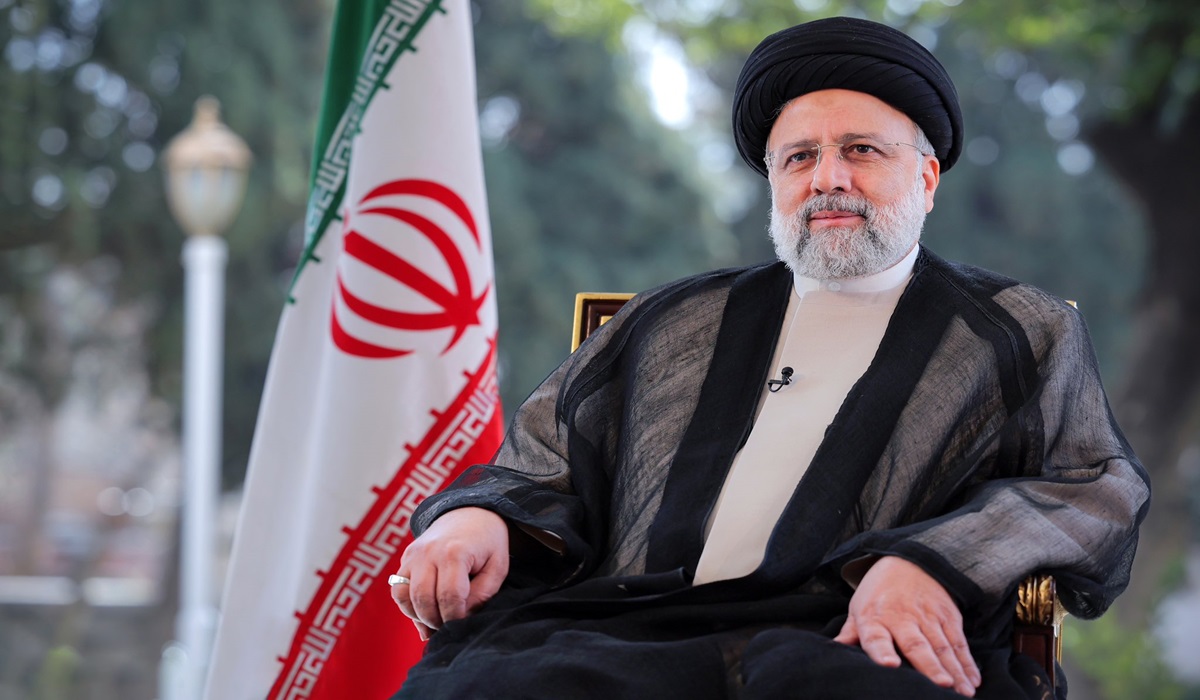Quantum Computing: Revolutionizing the World of Information Technology
- TDS News
- Breaking News
- October 27, 2023

In the relentless march of technological advancement, few developments hold as much promise and potential as the union of quantum computing and nuclear fusion. Once realized, These two groundbreaking technologies have the potential to redefine the fabric of our existence, ushering in an era where the lives of every citizen are vastly improved.
Before delving into the convergence of these transformative technologies, it’s crucial to understand quantum computing. At its core, quantum computing harnesses the enigmatic properties of quantum physics to perform calculations at an unprecedented speed. Unlike classical computing, which uses bits as the basic unit of information (0 or 1), quantum computing employs qubits, which can exist simultaneously in a superposition of multiple states. This fundamental difference allows quantum computers to solve complex problems exponentially faster than their traditional counterparts.
The potential applications of quantum computing are far-reaching. From revolutionizing cryptography to accelerating drug discovery and optimizing complex systems, quantum computing has the power to reshape entire industries and scientific fields.
Major players like IBM and Google have been leading the race to develop the most advanced quantum computers. IBM’s Quantum Hummingbird processor and Google’s Sycamore quantum computer represent significant milestones in the journey toward quantum supremacy.
For instance, IBM’s Hummingbird processor demonstrates the capability of solving complex problems with remarkable efficiency, paving the way for scientific advancements and commercial applications. Google’s Sycamore, on the other hand, achieved quantum supremacy in a landmark experiment. It performed a task that would take the world’s most advanced supercomputer thousands of years in a mere 200 seconds, highlighting the extraordinary potential of quantum computing.
China has emerged as a formidable contender in the global quantum computing race with its groundbreaking achievement—the Jiuzhang 3.0. This remarkable supercomputer can perform AI-related tasks at a speed 180 million times faster than traditional computers. The significance of Jiuzhang 3.0 cannot be overstated.
Simultaneously, the world has been chasing another technological Holy Grail: nuclear fusion. This process involves merging atomic nuclei to release immense energy, promising a clean and virtually limitless power source that doesn’t carry the same risks as traditional nuclear fission.
While nuclear fusion has long been pursued, recent developments bring us closer to realizing its potential. It holds the promise of transforming the global landscape, mitigating climate change, and ensuring a sustainable and clean fuel source for the future.
Now, consider what happens when quantum computing and nuclear fusion converge. The union of these two transformative technologies is an uncharted frontier, heralding a new era of unprecedented power. This fusion will redefine industries and scientific research and have profound implications for daily life.
Imagine a world where quantum computers, powered by the clean and limitless potential of nuclear fusion, drive our technological and energy infrastructure. Complex problems in medicine, climate modelling, and material science are solved with previously unimaginable speed and precision. Production becomes efficient, abundant, and eco-friendly.
This convergence epitomizes the next arms race for technological, energy, and global influence supremacy. The entity that pioneers the fusion of quantum computing and nuclear fusion will wield immense power and hold the key to addressing some of humanity’s most pressing challenges.
The race for global supremacy is no longer just about military might or territorial conquest. It is a race for technological and energy dominance, which will determine the true superpower of the future. The nation or entity that harnesses the full potential of this convergence will be at the forefront of defining the path forward for humanity.
As this convergence unfolds, the lives of every citizen will be transformed in ways that are difficult to overstate. In healthcare, quantum computing can accelerate drug discovery and genetic research, leading to more effective treatments and personalized medicine. Environmental modeling powered by quantum computing and supported by clean nuclear fusion can revolutionize our response to climate change, helping us make data-driven decisions and develop innovative solutions. The world’s needs can be met sustainably and without the carbon emissions associated with traditional sources.
In education, quantum computing can revolutionize learning, offering students access to more advanced and efficient teaching tools. In transportation, it can optimize traffic flow and public systems, making daily commutes more efficient and eco-friendly. In communication, it can enhance cybersecurity, ensuring that personal data remains secure in an increasingly digital world.
The convergence of quantum computing and nuclear fusion represents a bright vision of the future—one where technology and energy combine to create a brave new world. It is a world where humanity stands at the precipice of profound progress and transformation, where the impossible becomes possible.
In the future, the nation or entity that emerges as the pioneer of this convergence will be the truly global superpower, shaping the destiny of our planet and those beyond Earth. As we inch closer to this brave new world, embracing the potential and challenges that come with it is essential. The lives of every citizen will be significantly improved, and the world will take a giant leap toward a more sustainable and technologically advanced existence.








